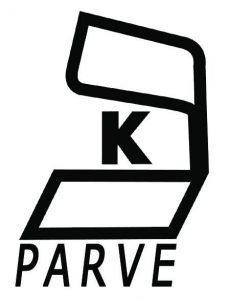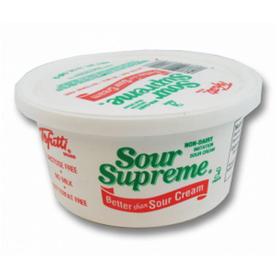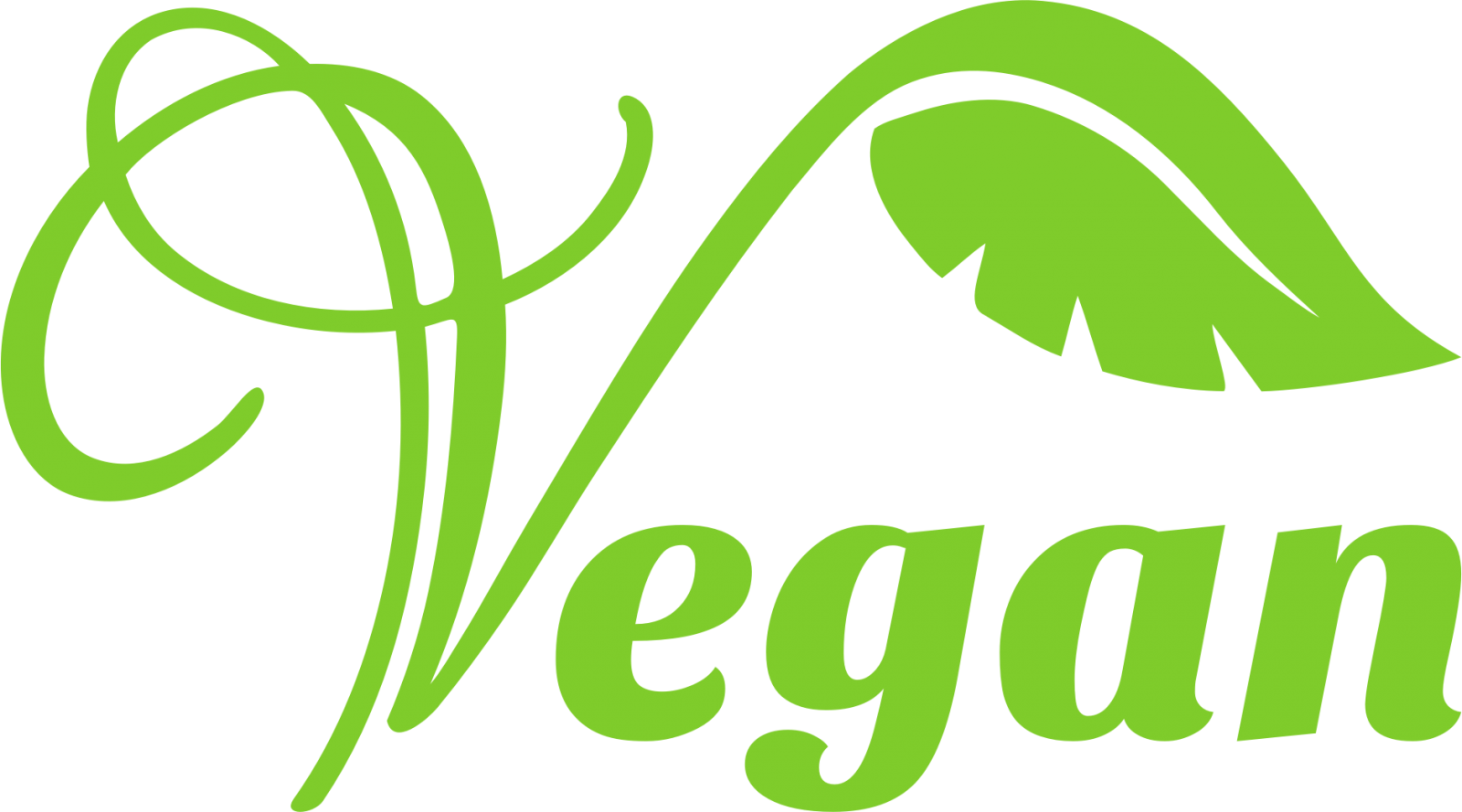USA Today claims that 60% of adults suffer from dairy allergies (you might want to buy stock in Lactaid right now). Yet, dairy products are in the vast majority of most products.
But – who wants to pop a pill every time they eat?
Plus, they are expensive – usually .25 to .50 per pill.
In addition, some people choose to live a life that is dairy- free, whether that be for spiritual reasons or health conscious ones. Sadly, most of us have busy lives that don’t allow us to pour copious amounts of time into making everything from scratch.
So how can you make dealing with dairy-free easier?
1. Parve, Parevine, Pareve.
Kosher law dictates that certain foods can’t mingle with other foods – primarily milk and meat. Foods that are labelled with the above labels don’t have milk or meat in them and can provide you with a lot of fun things that you can add to your diet.
This label will provide you with a quick and easy way to scan new foods that will let you know if the food is safe for your practices. It will be really small, usually located on the front.
Visit the kosher section of your grocery store, but there are also some great places on the net that sell these types of food. If you are looking for chocolate in particular, you can find some tips here.
Remember: just because it is kosher does not make it dairy-free. It MUST have the parve, pareve, or parevine label.
2. Make your own substitute.
Let’s face it, some of the dairy free products out there are hideously expensive or taste like plastic. Bless your heart for trying all of you fake cheese companies that are out there, but when I am craving a good sharp melty cheese, most of them miss the mark.
Not to mention, when I say “soy cheese” my family cringes.
But, you have the ability to make some pretty yummy alternatives yourself and they aren’t difficult to make at all.
The Uncheese Cookbook by Joanne Stepaniak has some amazing alternatives. My favorite is the Mostarella, which is super easy to make. It has simple ingredients that can be picked up at a grocery or health food store: lemon juice, oats, tahini, nutritional yeast, corn starch, and a bit more. It sounds weird, but it’s so amazingly yummy! All you have to do is put the ingredients in a blender and then cook on the stove. Once “set” it’s poured into an oiled pan. She has tons of recipes that are just this easy. The book is well worth the under $20 that you’ll pay for it.
 3. Soy substitute cream cheese and sour cream.
3. Soy substitute cream cheese and sour cream.
Tofutti – THANK YOU. My family (who as I have mentioned are not soy fans) likes the Tofutti sour cream better than normal sour cream. Both of these products substitute into recipes flawlessly and are good right out of the carton.
Tofutti is known for their ice cream (which is so-so, but a bit on the sweet side). But the cream cheese and sour cream are must haves.
4. Be aware of the U Symbol.

![]()
This is another Kosher symbol. (Remember, just because something is Kosher does not mean it is parve.) The U symbol, with a D next to it means there is dairy in the product. Usually, the symbol by itself means there is no dairy additive (though it may be processed on dairy equipment.) Read the label to be sure, but this can help you weed through which labels to read a lot faster.
5. Vegan products are also dairy free.

If you aren’t familiar with vegan practices, they don’t eat meat or milk, so products labelled as vegan should be dairy free.
6. Don’t skip the labels.
Milk hides under a lot of different listings, though many companies are now putting (from milk) after the respective ingredient. Some common ones are whey, lactose, and casein. Also look for well know dairy products with the word “natural flavoring,” for example, “natural butter flavoring.”


One Comment